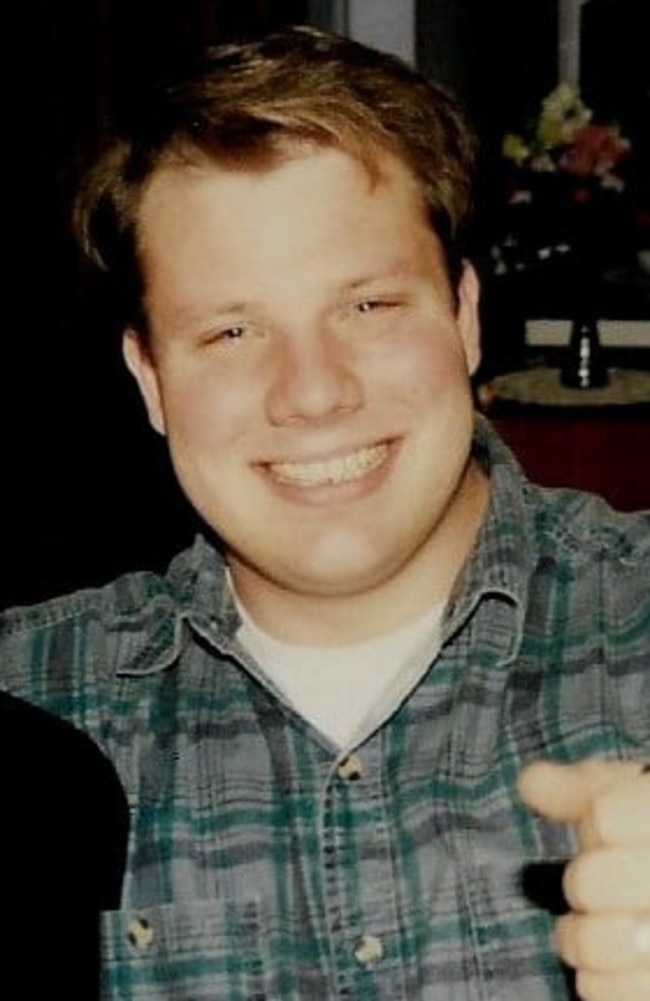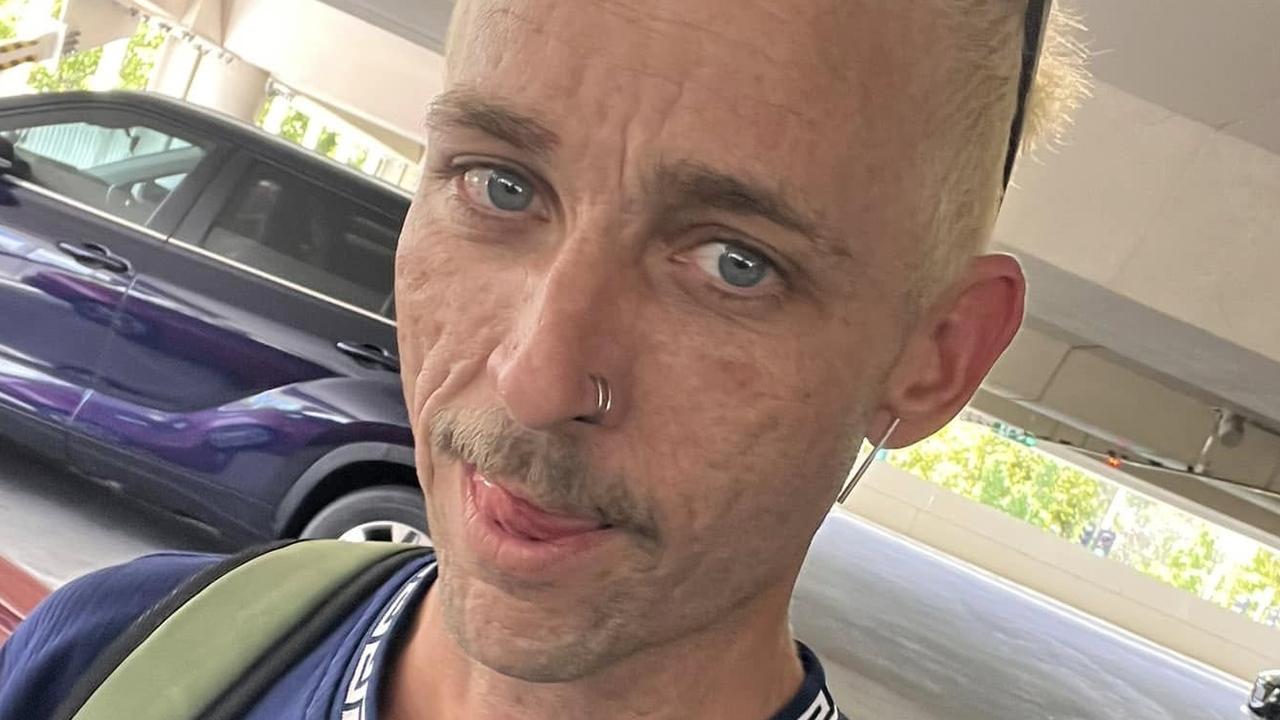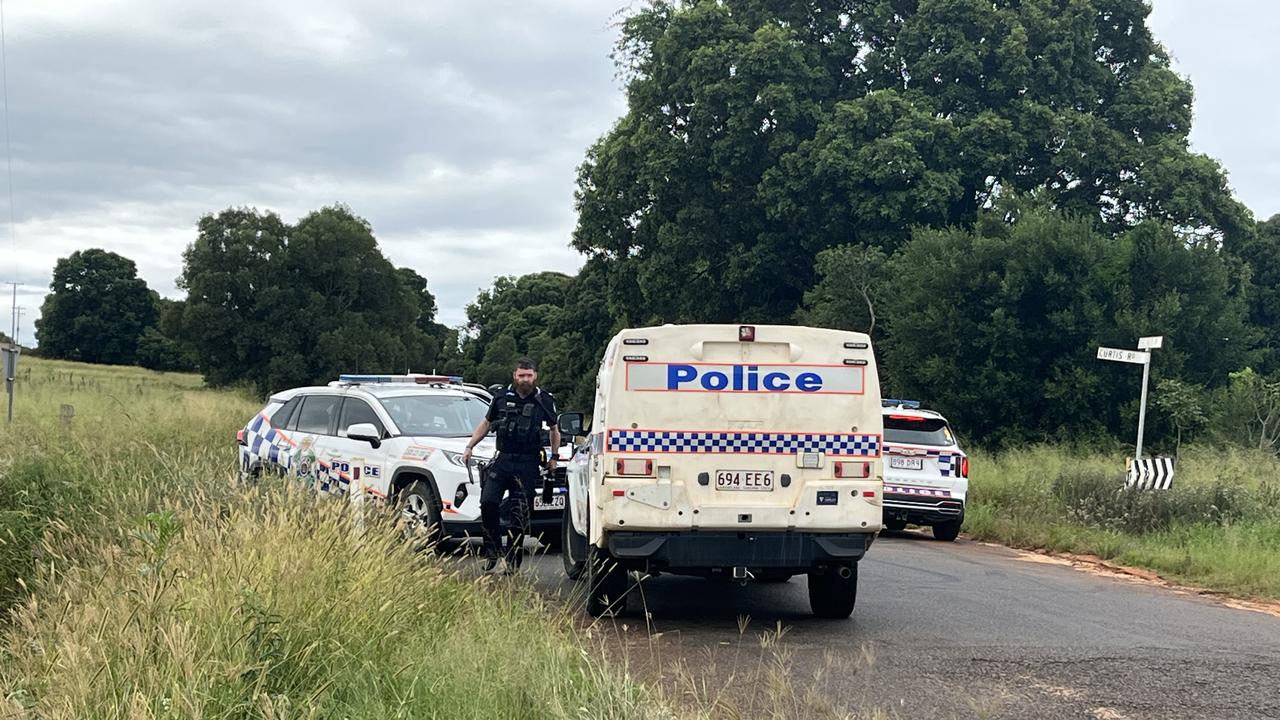Jeffrey Brooks death: Destruction of gun ruined chance of ballistic testing
A weapons expert has told a court the destruction of the shotgun which killed Jeffrey Brooks means investigators could never perform accurate ballistics testing to help identify how he died.
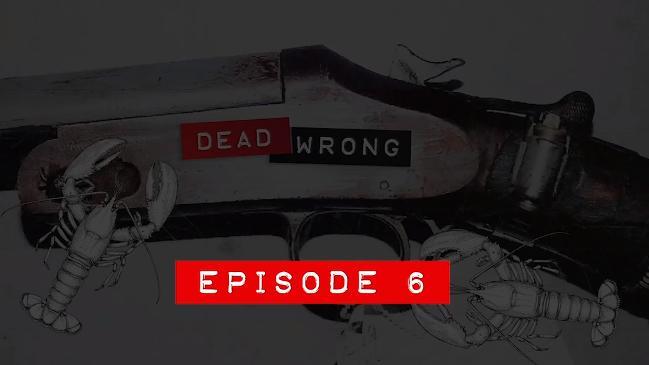
Police & Courts
Don't miss out on the headlines from Police & Courts. Followed categories will be added to My News.
The controversial destruction of the shotgun which killed Jeffrey Brooks has made it impossible for investigators to ever perform accurate ballistics testing to help identify how he died, a weapons expert says.
Gunsmith Ben Eu on Monday told an inquest into Jeffrey’s death that factors including the condition of the weapon, the barrel length, choking restrictions, modifications and the ammunition used would all lead to variations in subsequent testing with any weapon other than the original.
Mr Eu conducted ballistics testing as part of The Courier-Mail’s Dead Wrong podcast investigating the mysterious circumstances of Jeffrey’s death which sparked the fresh inquest currently being heard in the Brisbane Coroners Court.
Police at the time of Jeffrey’s death in 1996 determined his death had been an accident and he was killed while trying to pull a loaded faulty old shotgun barrel-first from a vehicle while at work on the Beenleigh Crayfish Farm.
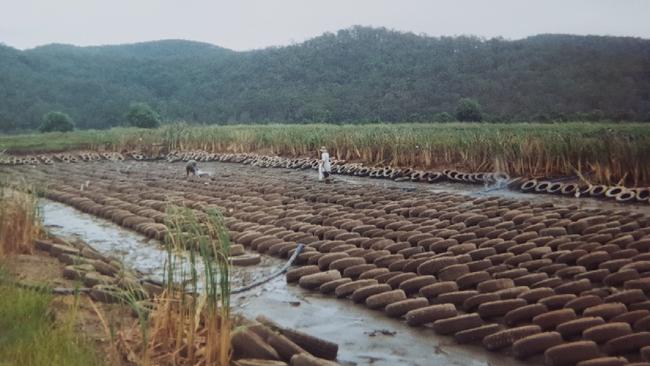
But Jeffrey’s parents reject that theory and believe their 24-year-old son was murdered amid an ongoing dispute with other employees over his belief they were stealing crayfish and selling them “under the table”.
This theory has been put to coroner Donald MacKenzie during the ongoing inquest into the death of Mr Brooks.
Former Beenleigh Crayfish Farm manager Johannes Geiger refuted that tensions were high on the day the 24-year-old died, rejected that he killed the young scientist, and told the coroner the theory was “ridiculous”.
His ex wife, who now goes by Regine Kjellerup, also gave evidence, declaring “I have nothing to hide” when Coroner MacKenzie laid out her legal options in relation to claiming privilege against self incrimination.
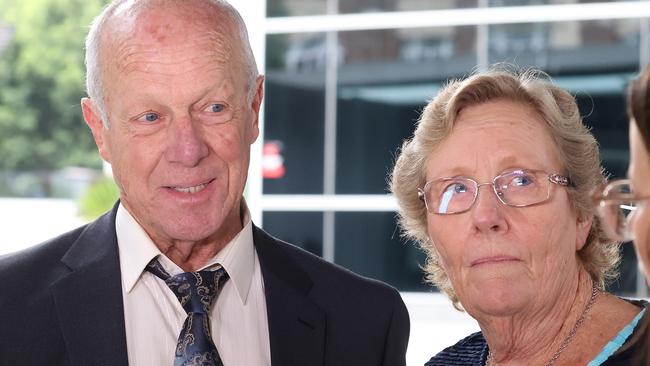
The inquest has heard that the faulty shotgun that killed Jeffrey was destroyed in the years after his death, making it impossible for modern-day investigators to conduct ballistics testing to help determine factors including how far away the barrel was from his body when it was fired.
Detective Sergeant David Moore, the police officer tasked with reviewing the evidence raised in the Dead Wrong podcast was also called to give evidence on Monday.
He said he could not identify any “inconsistencies” with the police investigation and finding of accidental death but he also did not identify any inconsistencies with the theory of murder raised in the podcast.
In his report, Det Sgt Moore said the information from the podcast did “not meet the standard of proof required to substantiate charges of murder of or manslaughter”, however he said it did support a motive.
“There was a lot of information within those statements within the podcast that increase the element of motive in this incident,” he said.
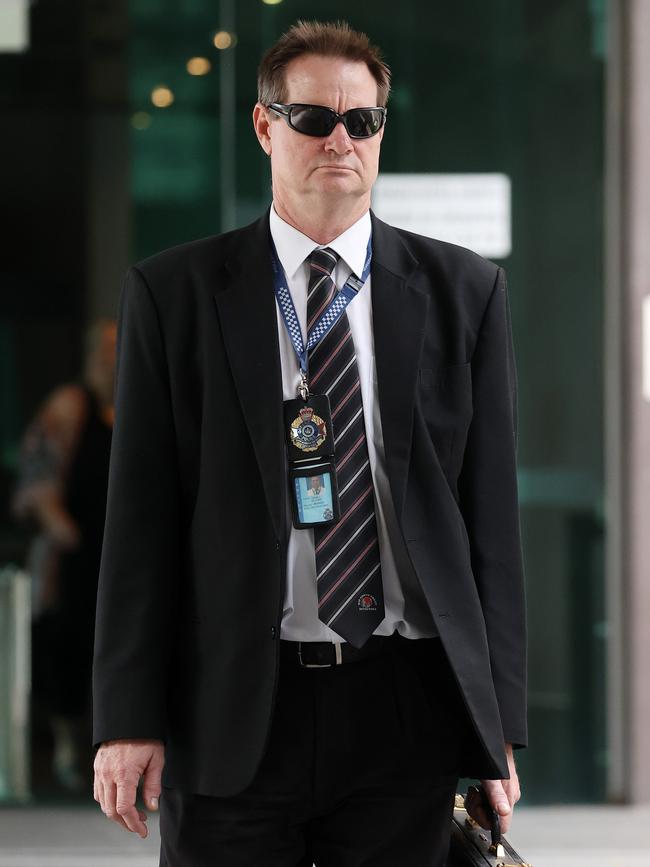
“So although it has increased the motive these people and what they have said, that still doesn’t meet the standard of proof to put a matter before the court for a criminal charge.”
The detective said he believed the original police examination of the case had been thorough.
“The investigation was of a high standard,” he said.
“Using today’s technologies and knowing what I know now there probably would have been a number of things that could have been done at the time that unfortunately can’t be done now.”
The court has heard evidence the weapon linked to Jeffrey’s death had a barrel choke - a constriction designed to control the dispersion of the pellets.
Without a choke, pellets spread laterally with less control, creating a difference in the patterning.
Subsequent testing had been done using weapons without a choke, as opposed to a half choke like the shotgun in Jeffrey’s case had.
Ballistics expert Shane Everist said the best hope of recreating the same ballistics patterning would come from using the original weapon and ammunition, if both had been appropriately maintained.
During the investigation of the crime scene, Jeffrey’s hands were covered in bags for gunshot residue testing to be undertaken but the inquest has heard that never happened for unknown reasons.
Mr Everist said gunshot residue testing was often unreliable and while it would have been preferable to have taken place, it may not have helped provide any clarity in this case.
The inquest continues.
